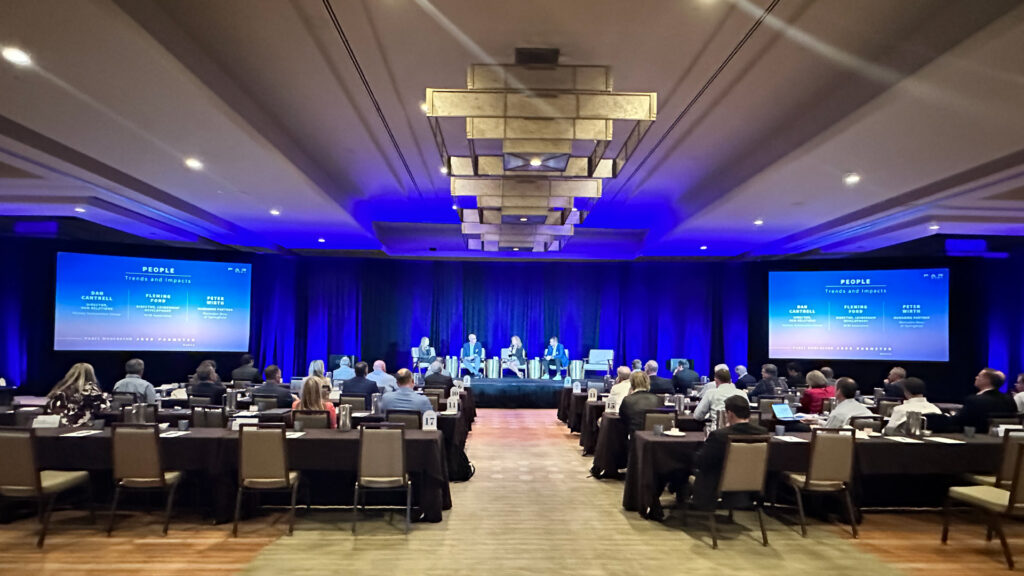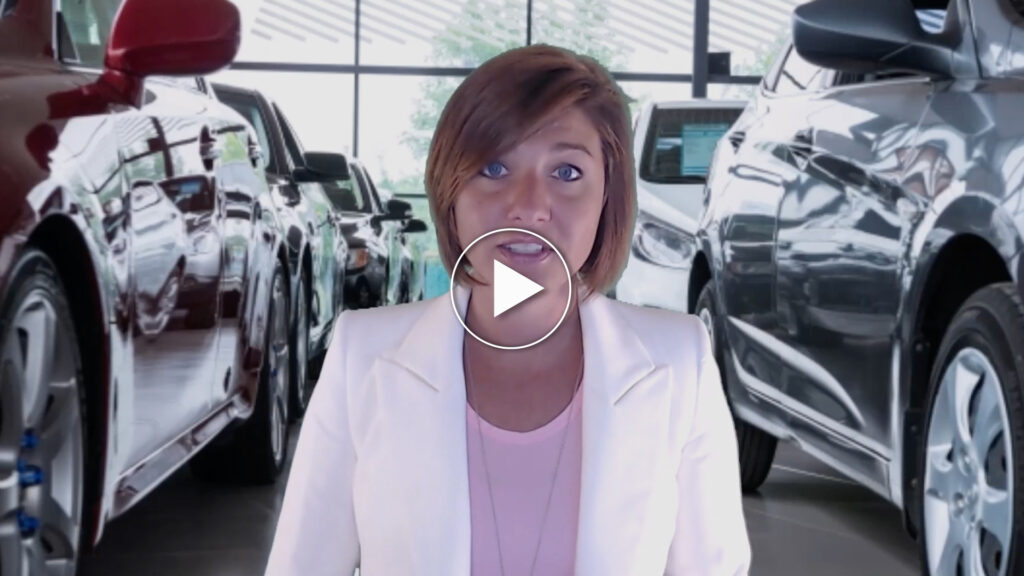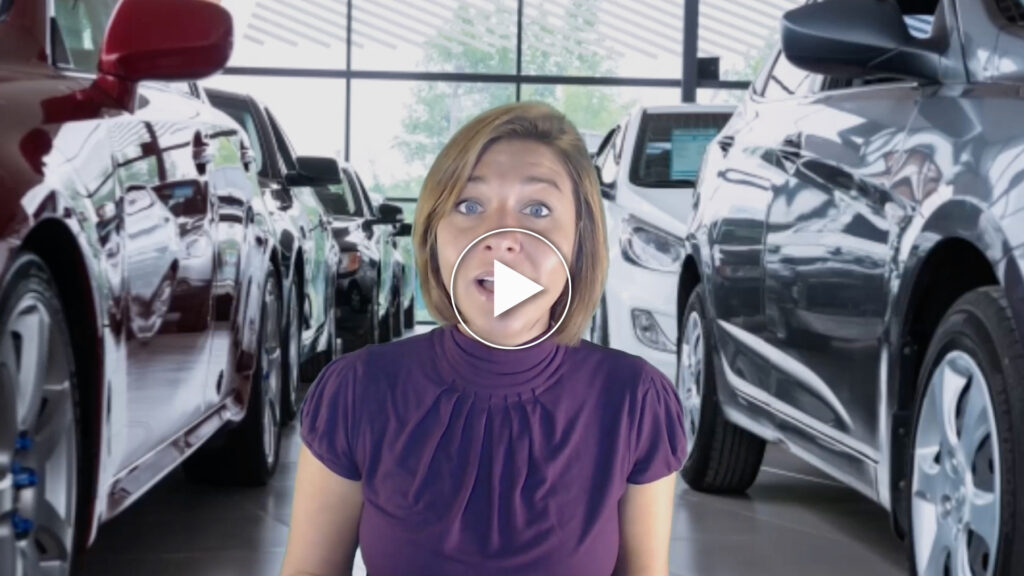Lead Velocity: What is it & Why is it Important?
by Matt Trudell
About Matt: After running high-performing Internet Sales departments for more than a decade, Matt Trudell brought his skills to the Maritz team in 2016 and has seen superb success as a Performance Manager and coach to automotive dealerships. His clients have gained valuable insights into their own operations, allowing them to improve their customer experience, lower their response times, set more appointments and convert more leads into sales.
Lead Velocity was never a topic of discussion during Matt’s time in retail, but he quickly realized dealers around the country weren’t paying attention to how long it took for their Internet leads to convert. Too many of them were giving up on leads after only a few days. This article is a call to change that behavior.
What, me worry about Lead Velocity?
There should be few things as exciting to an automotive salesperson as a qualified Internet lead arriving in their CRM. But is that always the case? What my team and I usually see from most salespeople is a flurry of Day 1 activity:
- A quickly put together email
- A welcome text
- Maybe a personalized video
- A phone call and voicemail
- Another email
- A second text
That initial burst of effort often pays off within a day or two, and many opportunities convert to happy clients of our dealerships. The Maritz Automotive team likes to say those quick converting customers have High Lead Velocity.
What is ‘Lead Velocity’?
Lead Velocity is the speed at which a customer is moving toward their purchase decision and taking delivery of their next vehicle. We break Lead Velocity into three groups based on the number of days from the customer’s first contact with a dealer to when they take delivery:
- 0 – 3 Days – High Velocity
- 4 – 14 Days – Medium Velocity
- 15+ Days – Low Velocity
We often see dealers do a fantastic job capturing the business of High Lead Velocity opportunities – their salespeople are excited and initial follow-up is strong. Unfortunately, that enthusiasm and frenetic activity often disappear as the lead ages in the CRM, more opportunities arrive, in-store customers demand attention, and task counts snowball into overwhelming burdens.
Several things happen when salespeople suffer from task overload:
- Phone call volume drops dramatically
- Voicemails become generic (“Eyy, it’s Alfred at Hometown Motors. Call me at…”)
- Emails offer no value (“Are you still shopping? Call me!”)
- Texts stop since the first attempt didn’t get that critical “Yes”
- Follow-up all but disappears
We know many customers operate with Medium and Low Lead Velocity. They will continue researching for days (and even weeks) past the point of first appearing in a dealer’s CRM. They’ll also forget dealers that don’t make concerted efforts to keep the spotlight on their stores.
Follow-up efforts to Internet opportunities must stay relevant and persistent for weeks if dealers want to maximize their Internet opportunities. Sadly, too many dealers lack the long-term follow-up processes necessary to stay in front of these slower moving customers.
The charts below show baseline Lead Velocity on New vehicles for one of my recently launched clients. (Their wins are represented by the blue bars.)

As you can see, this dealer’s sales volume stays fairly level with their competition for the first few days, but the gray bars grow and opportunities begin heading elsewhere from day 3 onward.
Now, let’s compare that to a different store that isn’t performing as well.

While the store depicted above captures a handful of sales throughout this 90-day period, we can see blue bars throughout. An even clearer picture of their missed opportunities emerges when you look at the breakdown of these 140 sales:
- 22 bought a New vehicle from this dealer
- 71 bought New vehicles from other dealers of the same OEM (ouch)
- 47 bought New vehicles other OEMs
- 25 of these sales happened within 3 days of lead submission
- 115 sales converted from day 4 on (remember that mention of customers operating with Medium to Low velocity?)
The simple truth is this dealership lost Top of Mind Awareness (TOMA) with their opportunities, and too many of those customers bought elsewhere.
“But, Matt, how can I keep my dealership relevant with these customers as they shop?
You can’t control your new vehicle inventory, supply chain issues, inflation, factory incentives, or the tides, but there are things you can do to win more Internet opportunities and leave your competition wondering what they’re doing wrong:
- Start Day 1 by providing high quality information – you only get one chance at a first impression!
- Create templated email marketing and branding messages to ensure every customer receives the same follow-up from your team.
- Take advantage of your CRM’s automation capabilities to follow up with non-responsive customers. (Many OEMs track Internet sales data for 90 days – why not follow up for 4 months or even longer?)
- Educate your staff on the need for (and benefits of) longer follow-up cycles, customer-centric sales processes, and the right attitude toward Internet opportunities.
- Consistently monitor your team’s efforts and address challenges as they come up.
Internet Sales Coach is Maritz Automotive’s innovative approach to addressing the 5 bullet points above. We work directly in your CRM to find customer exchanges and missed opportunities, ultimately empowering you to coach your team to the next level of sales success. And I’d love to work with you, so let’s connect!




